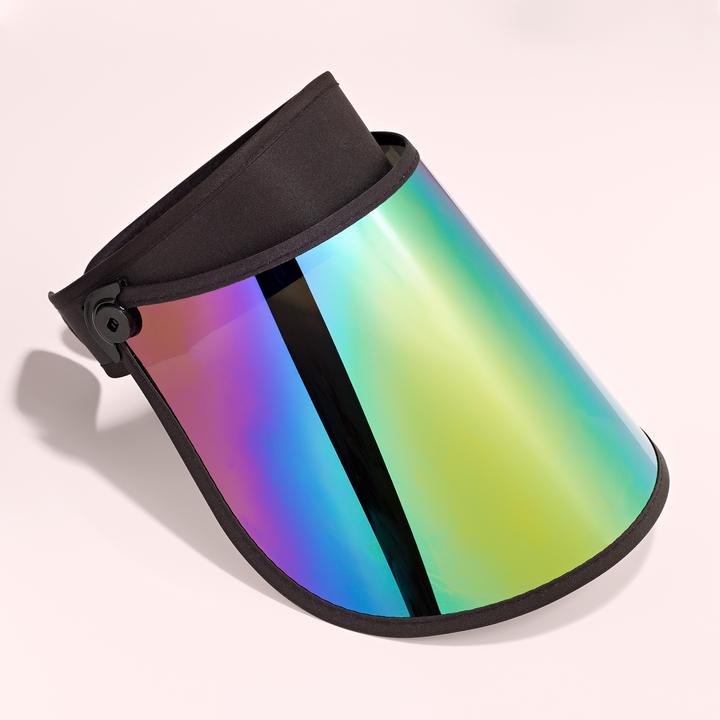
You probably know it`s important to protect your eyes on a sunny day. But the sun doesn`t have to be shining for harmful ultraviolet (UV) rays to potentially damage your eyes and the skin around them. Don`t let the clouds fool you; UV rays can reflect off of sand, water, snow, and buildings, even on the most overcast day.
UV glasses, which protect against ultraviolet radiation, are growing in popularity as more and more people learn about the damaging effects of the sun. But while most people protect their skin, some don't realize they should protect their vision-after all, our eyes also absorb the same harmful rays. The health risks are real and include cataracts and macular degeneration.
What Are The Risks Of Eye Exposure To UV Light?
There are three types of ultraviolet radiation-UV-A, UV-B, and UV-C. You probably don't hear much about UV-C because the earth's ozone layer absorbs it, making its threat minimal to nonexistent. But both UV-A and UV-B can cause short- and long-term damage to your eyes and your vision. When it comes to ultraviolet radiation, the sun poses a daily threat, but welding machines, tanning beds, and lasers can produce UV rays, too.
Short-term exposure to ultraviolet radiation without wearing UV-protective sunglasses can cause damage similar to a sunburn, but in your eyes, which may become red and puffy, or feel gritty, like you have sand in them. If you`re very sensitive to light, you may suffer from excessive tearing. Fortunately, these symptoms are usually temporary. But if your eyes are exposed to long-term solar radiation, you stand a greater risk of developing cataracts or macular degeneration later in life.
Some of the more serious effects of prolonged exposure to UV rays include cancer of the eyes and eyelids, damage to the cornea and retina, and cataracts. You might also develop pterygium (an abnormal growth on the surface of the eye) and photokeratitis (sunburn of the eye). Some of these conditions are not treatable, so prevention is the most important weapon you have to fight against them.
UV damage is cumulative through your lifetime, so it is especially important to make sure children and teenagers are adequately protected. Around 1/4 of UV damage to your eyes occurs before the age of 20. For kids, increased periods outdoors in the summer months are prime times for heightened UV exposure. And for adults, activities like competing in marathons, with the associated hours of training, can be dangerous for the eyes. UV protection sunglasses are essential for keeping your eyes healthy throughout your lifetime.
What Are UV Protection Sunglasses?
UV protection means blocking the ultraviolet light from reaching your eyes. Just as sunscreen helps protect your skin from UV damage, UV glasses block most of the ultraviolet rays reaching your eyes. With the right protection, it's possible to block 99 to 100 percent of ultraviolet rays from reaching your delicate eyes and causing damage.
UV sunglasses, however, must offer both UV-A and UV-B protection to block at least 99 percent of ultraviolet radiation. They should also block 75 to 90 percent of all visible light to maximize protection. Be cautious of buying sunglasses that are not UV-blocking glasses. The dark tint may allow your pupils to remain larger, exposing you to more harm from UV radiation. And anybody who spends a lot of time outdoors should consider wearing wraparound UV glasses to cut down the amount of UV radiation that may enter the eyes from the periphery.
What's UV protection of our sunglasses?
Our sunglasses,whatever short or long length,all with 99% UV protection,block UVA and UVB damage.
Transmittance level: 3,cover full face,also can see all in clear.
High temperature resistance: more than 100 celsius
Scratch resistance
Pass ANSI Z80.3 test












